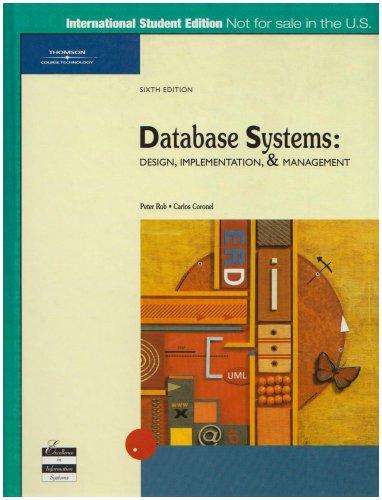Question
PROBLEM 2: Take Two [20 points] using Java Now that youve become proficient at playing the game, we will start adding in extra rules. For
PROBLEM 2: Take Two [20 points]
using Java Now that youve become proficient at playing the game, we will start adding in extra rules. For this one, if a player plays any two card (R2, Y2, G2 or B2), the next players turn is skipped and they must take two cards. You will apply the Rule of Two below: Rule of Two If the card last laid in the discard pile was numbered 2, the next player must choose between the following options: If they have another two card (R2, Y2, G2 or B2) in their hand, they will choose to play the one. o If they have more than one colour, they will pick in rainbow order: redyellow-green-blue. If they do not have a two card, on their turn they are skipped and must draw two cards from the top of the draw pile. Input Same as in Problem 1. Processing Same as in Problem 1 with the following exception: If a player lays down a card numbered 2, the next player must apply the Rule of Two as described above. Output format Same as in Problem 1 with the following exception: If a player lays down a card numbered 2 and the following player is unable to play another two card, output: {N}: TAKE TWO Where N = 1,2, or 3, the skipped player that had to draw two cards.

I have already done problem one from there and the code for the program would be :
Hand of player one (initially 5 cards) Hand of player two (initially 5 cards) Hand of player three (initially 5 cards) First card in the discard pile on which to you play on (1 card) Remaining cards in the draw pile (top to bottom, all remaining cards) Processing 1. Output the starting card on the discard pile. 2. Starting with player one, decide which card they will play (or pick up from the draw pile) and output their choice (or DRAW if they have no match and must try to pick up a card from the draw pile). 3. Repeat this for each player until a player has no more cards in their hand. This player becomes the winner of the game. Output format 0: {First/starting card on the discard pile} 1: {Card played by player 1*} 2: {Card played by player 2*} 3: {Card played by player 3*} 1: {Card played by player 1*} 2: {Card played by player 2*} 3: {Card played by player 3*} : : : {N}: {Last card played by player N} (WINNER) Where N = 1,2, or 3, the player first able to play all of their cards and empty their hand * If no card is able to be played by a player, output DRAW on their turn and pick up a card from the draw pile (if one exists). 
Step by Step Solution
There are 3 Steps involved in it
Step: 1

Get Instant Access to Expert-Tailored Solutions
See step-by-step solutions with expert insights and AI powered tools for academic success
Step: 2

Step: 3

Ace Your Homework with AI
Get the answers you need in no time with our AI-driven, step-by-step assistance
Get Started


